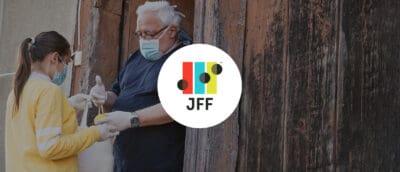Why the Number of Opportunity Youth Will Grow Due to COVID-19
More youth are leaving high school without graduating
The coronavirus has been loosening the ties between young people and their schools, especially in high-poverty communities where the digital divide is greatest. In large urban areas, as many as half of all students are not showing up for virtual classes. Meanwhile, rural areas are scrambling for the hardware and Wi-Fi hot spots needed to enable online learning. Many students are in danger of drifting away, which is exactly what happened in New Orleans when school was disrupted for months after Hurricane Katrina.
More young people who graduate from high school have uncertain plans
High school graduates and their parents have reported feeling overwhelmed and uncertain about the future and deciding what to do in the face of college campus shutdowns, high unemployment, and a faltering economy. This is especially true for the half of graduates whose plans for life after high school were tenuous prior to COVID-19. They have the greatest need for college and career advising, lack stable funding, and now are more likely than ever to get lost in the transitions between high school, postsecondary education, and careers.
More young adults are unemployed and uncredentialled
Before COVID 19, nearly half of all U.S. workers ages 16 to 24 worked in industry sectors that have since been particularly hard hit by the pandemic, such as hospitality, retail, and child care. For many young people, these jobs represent not only much-needed income to meet daily expenses but also a way to pay for education and training. As the Great Recession revealed, even as the U.S. economy starts to recover, it could take a decade or more for low-income young adults to begin to benefit.



